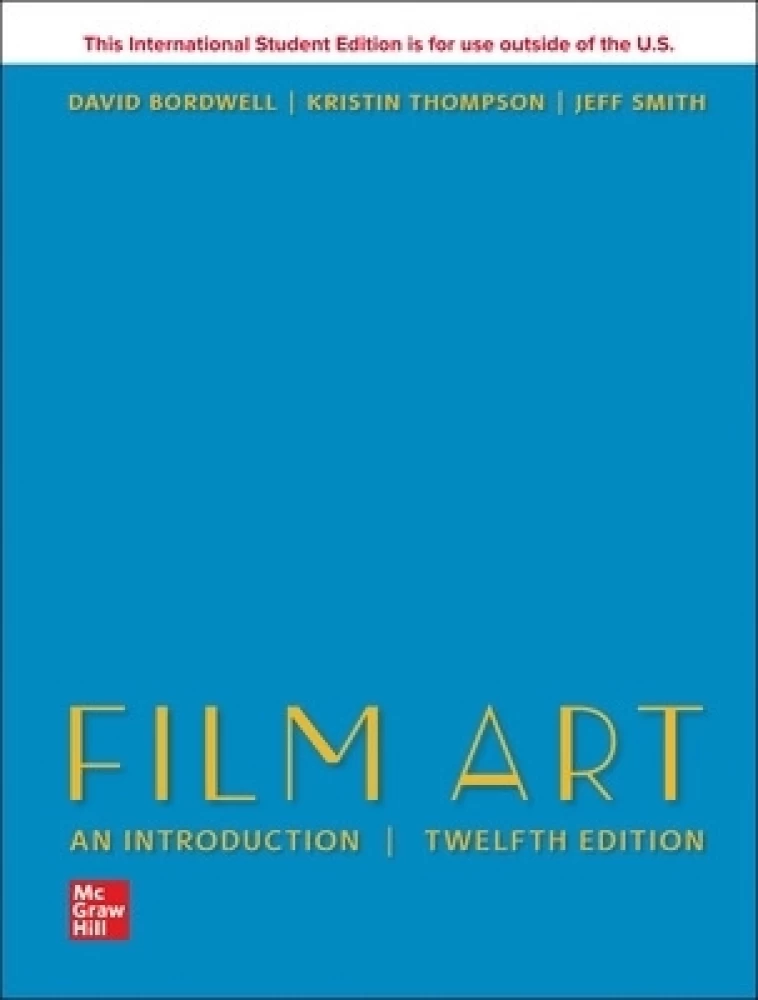Film art serves as a complex tapestry that intertwines diverse elements such as narrative structure, sound design, and visual aesthetics, all of which work synergistically to Film Art: an Introduction a compelling viewer experience. Understanding these components is essential for appreciating how filmmakers manipulate techniques like framing and lighting to evoke specific emotional responses. This exploration not only enhances one’s comprehension of cinematic language but also raises questions about the impact of these artistic choices on audience perception and engagement. What lies beneath the surface of these seemingly straightforward elements?
Definition of Film Art
Film art encompasses a diverse array of creative expressions that transcend mere entertainment, revealing the intricate interplay between visual storytelling and emotional resonance.
At its core, film art embodies film aesthetics, utilizing elements such as composition, color, and movement to evoke profound responses.
This multidimensional medium invites audiences to explore complex narratives, ultimately fostering a deeper appreciation for the artistry that shapes our visual experiences.
Read Also: Feel the Love:Uadwt0uadsi= Love Quotes
Key Elements of Film Art: an Introduction
In exploring the key elements of film, one uncovers a meticulously crafted tapestry of narrative, visual, auditory, and technical components that together create a compelling cinematic experience.
Central to this are the principles of cinematic language and visual storytelling, which enable filmmakers to convey complex emotions and ideas, engaging audiences on multiple levels and inviting them to experience the freedom of interpretation inherent in the art form.
Impact of Cinematic Techniques
Cinematic techniques serve as the backbone of storytelling in film, influencing how narratives unfold and resonate with audiences.
By employing cinematic language, filmmakers craft a visual storytelling experience that transcends mere dialogue. Techniques such as framing, lighting, and editing shape emotional responses, allowing viewers to interpret and connect deeply with the narrative.
Ultimately, these elements empower artistic expression and foster a richer cinematic experience.
Film Art and Audience Engagement
The intricate relationship between film art and audience engagement is pivotal in shaping the overall impact of a cinematic experience.
Through the lens of audience interpretation, filmmakers craft narratives that evoke profound emotional connections.
This dynamic interplay invites viewers to explore their own perceptions and feelings, ultimately enhancing the film’s resonance.
As a result, cinema becomes a transformative medium that fosters personal reflection and freedom of thought.
Read Also: Feel the Love:_Afcibfaxge= Love Quotes
Conclusion
In conclusion, film art serves as a powerful medium that transcends the boundaries of mere entertainment, inviting viewers into a profound exploration of human experience. Through the intricate interplay of narrative, sound, and technical elements, filmmakers Film Art: an Introduction immersive worlds that evoke emotional responses and provoke thought. How does the meticulous attention to cinematic techniques transform a simple story into a resonant reflection of reality? Ultimately, the artistry of film elevates storytelling to an experience that engages the mind and heart alike.







